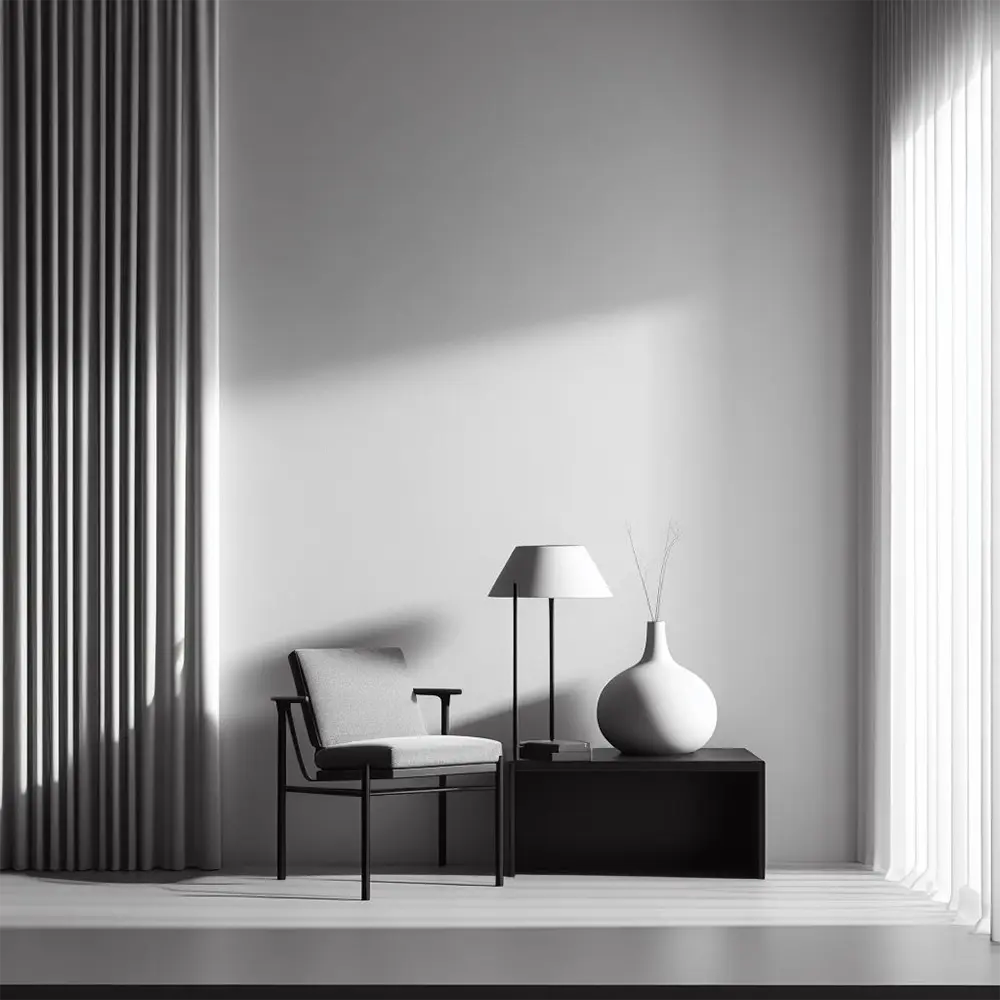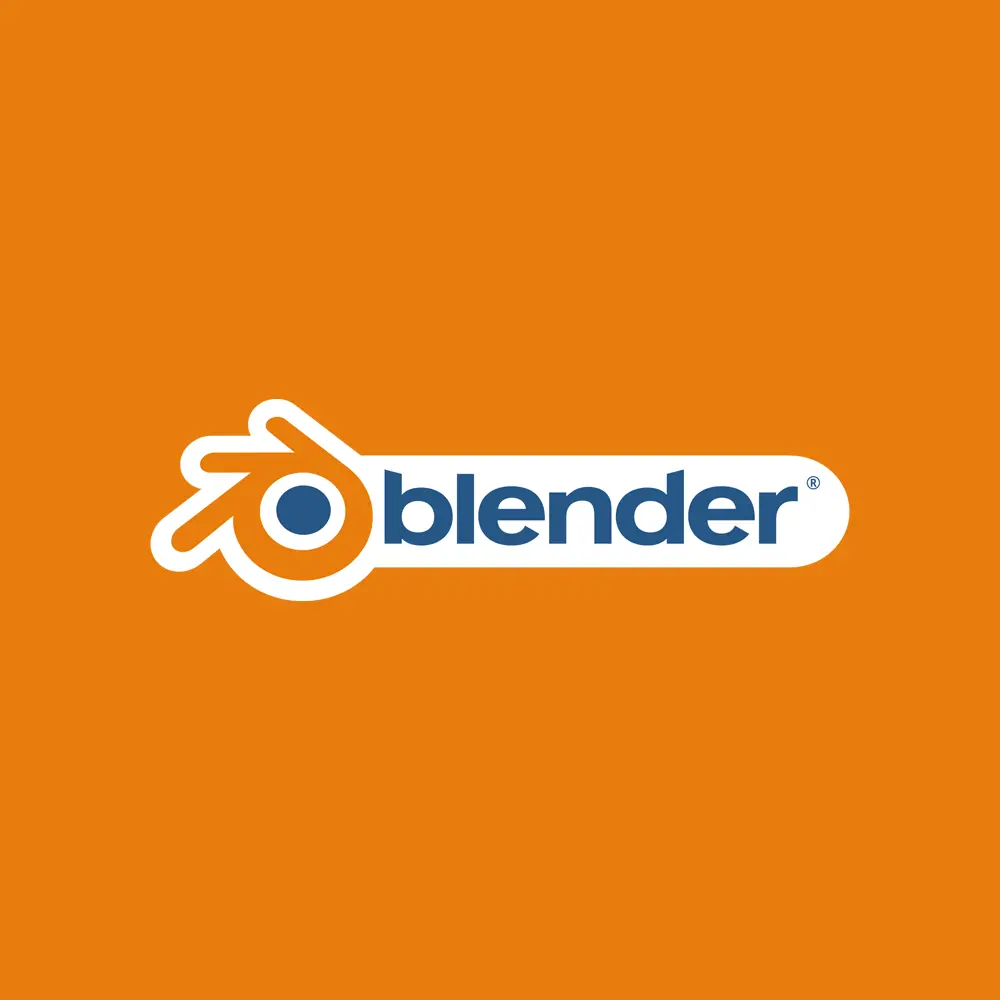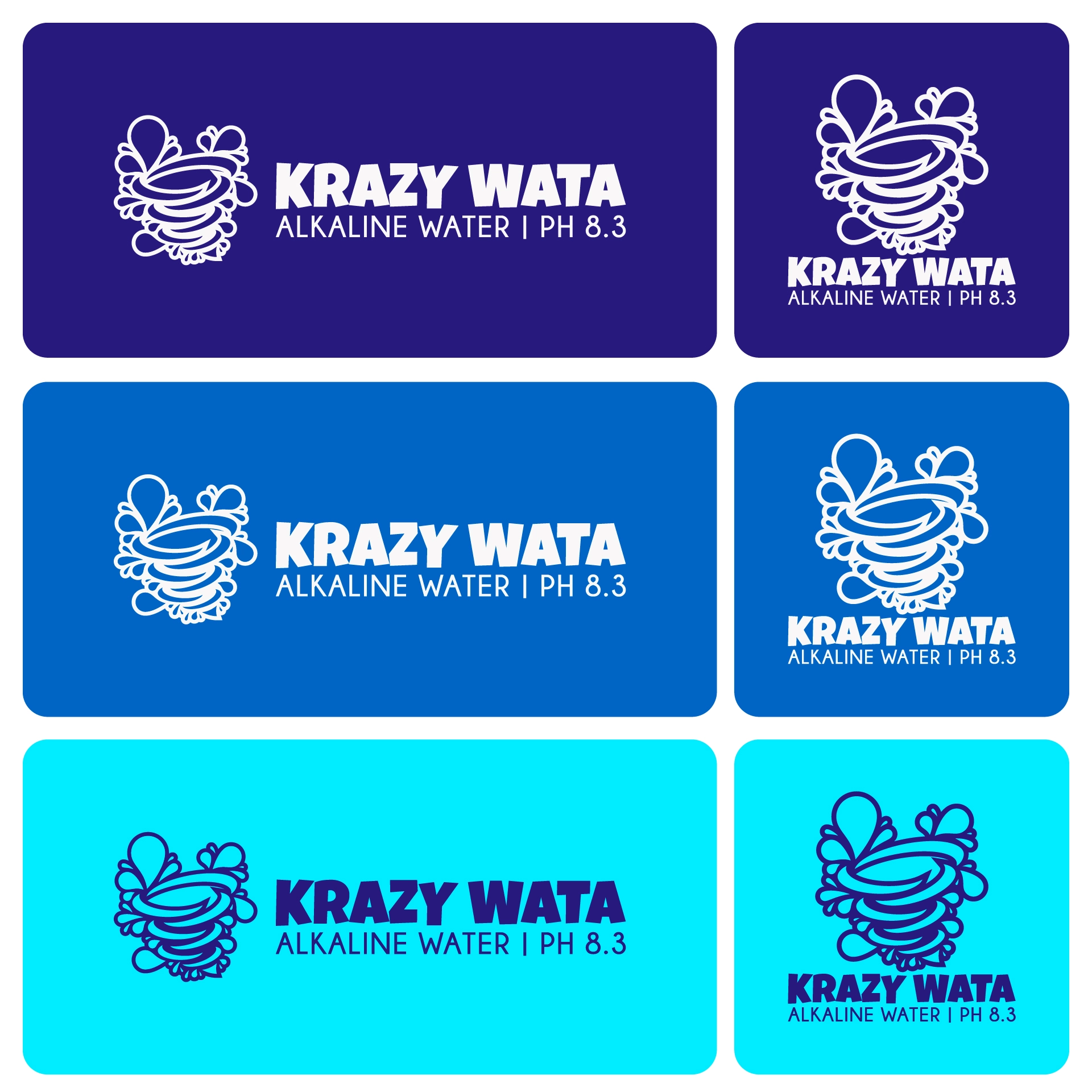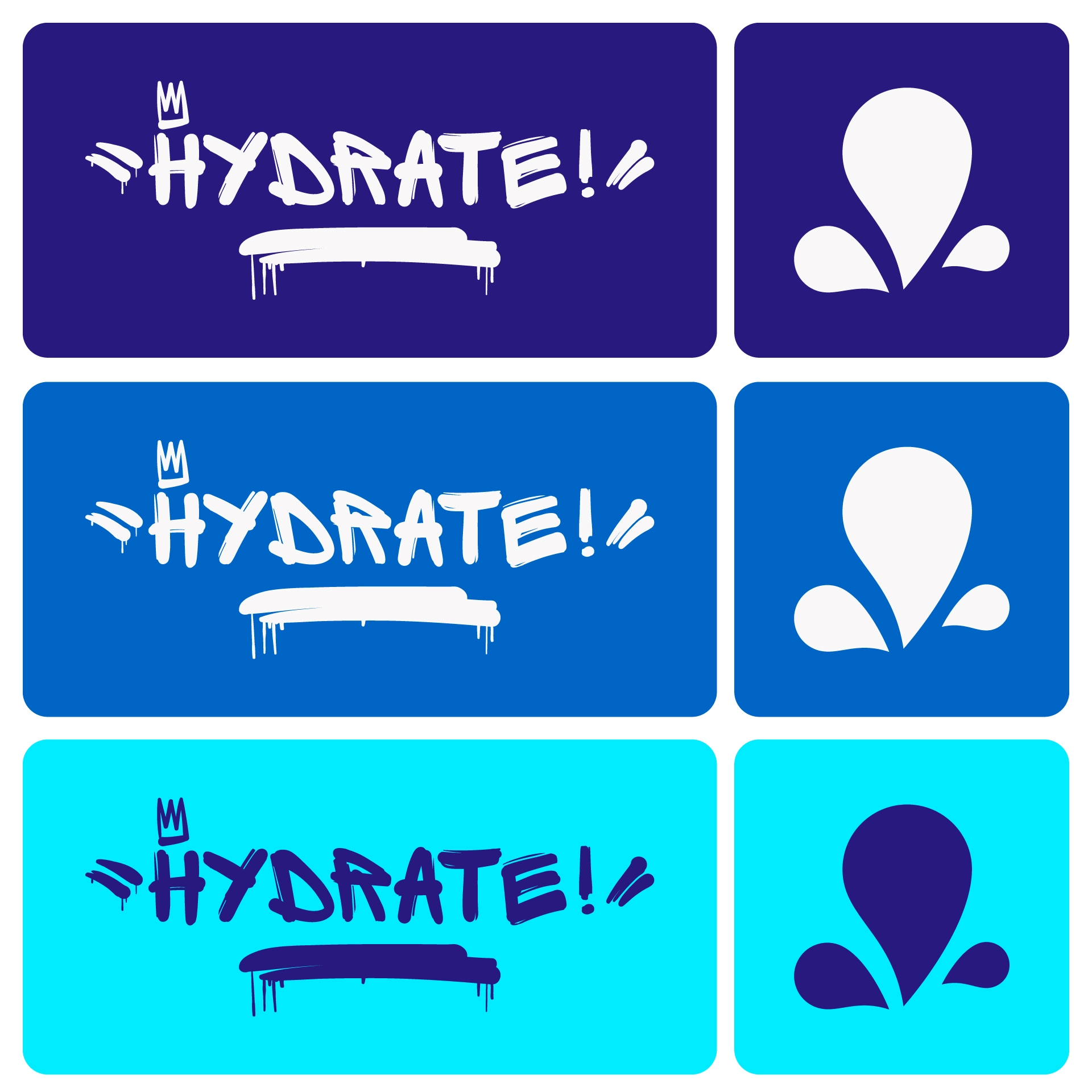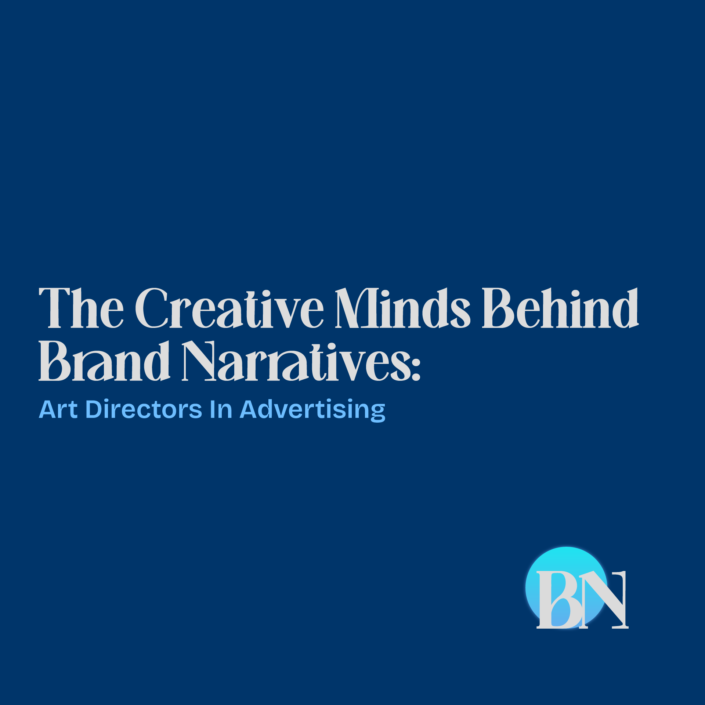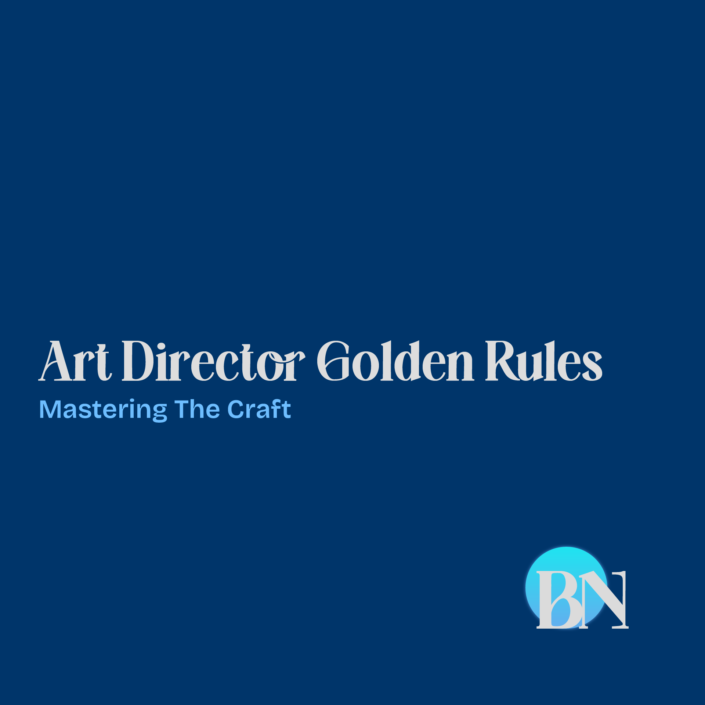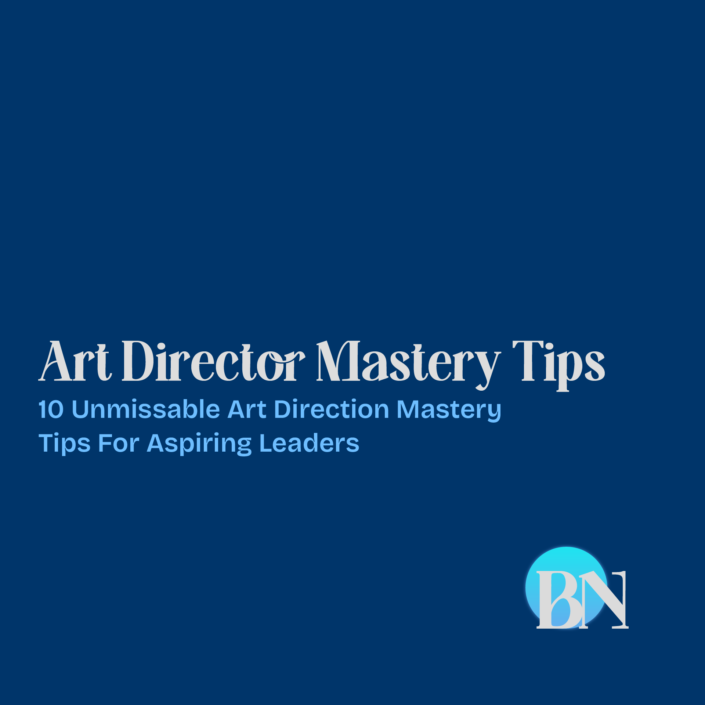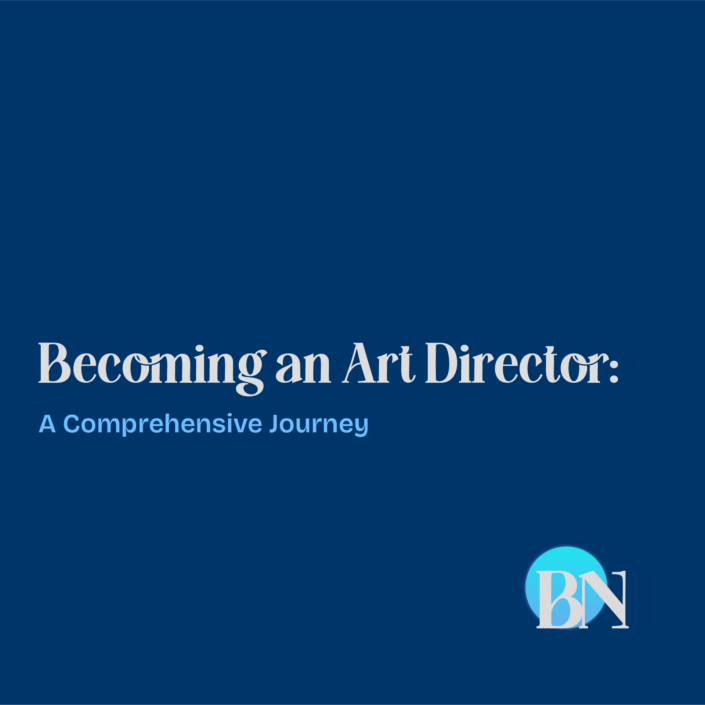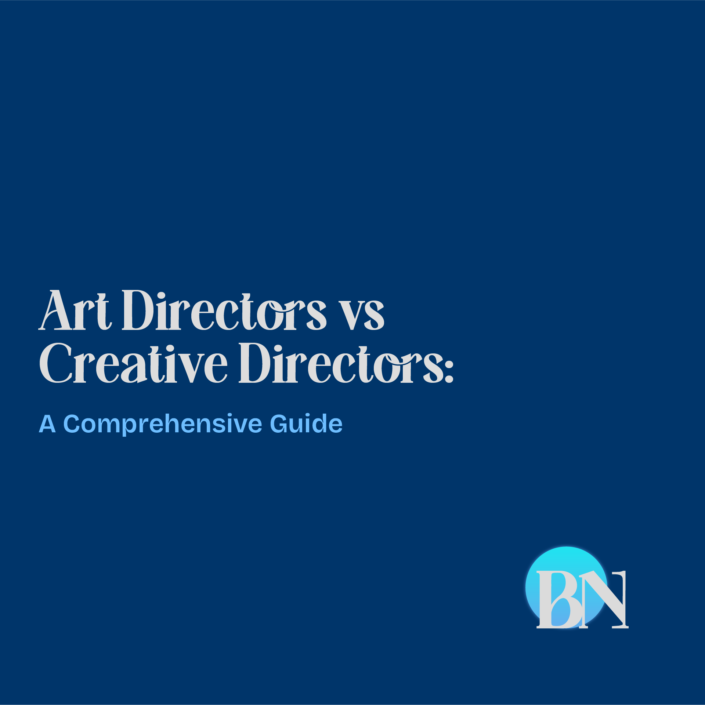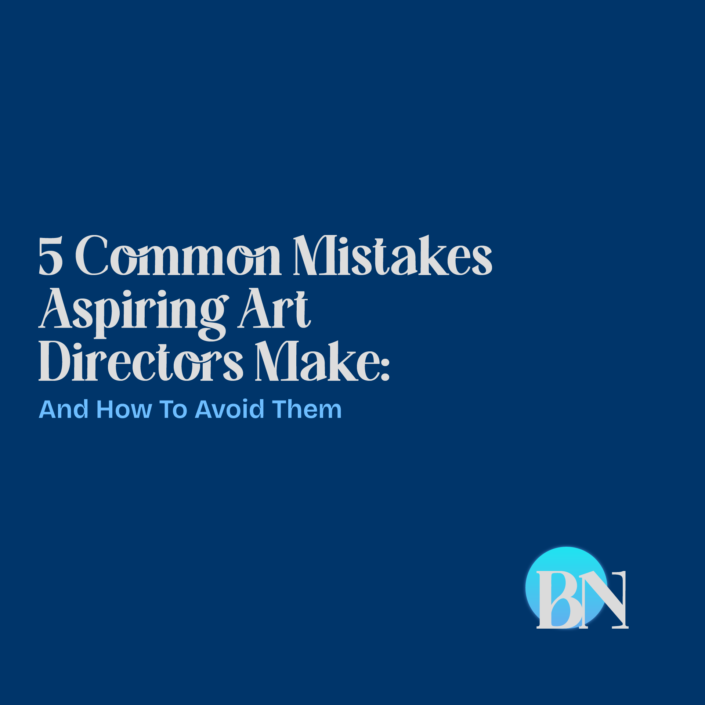 https://adbrandon.com/wp-content/uploads/2023/11/brandon-nogueira-art-director-5-mistakes-aspiring-art-directors-make-3.webp
1920
1920
mampi99
https://adbrandon.com/wp-content/uploads/2025/12/adbrandon-logo-1.webp
mampi992023-11-07 15:20:512025-12-18 22:20:395 Common Mistakes Aspiring Art Directors Make and How to Avoid Them
https://adbrandon.com/wp-content/uploads/2023/11/brandon-nogueira-art-director-5-mistakes-aspiring-art-directors-make-3.webp
1920
1920
mampi99
https://adbrandon.com/wp-content/uploads/2025/12/adbrandon-logo-1.webp
mampi992023-11-07 15:20:512025-12-18 22:20:395 Common Mistakes Aspiring Art Directors Make and How to Avoid ThemArt Direction Mastery Tips:
Mastering the Creative Landscape
Art direction is the heartbeat of the creative world, shaping visual narratives and driving innovation. As we step into 2024, the role of an art director is more critical than ever. With the rapid evolution of the creative landscape, mastering the art of direction is paramount for anyone aspiring to make a mark in this field.
Introduction: The Art of Directing Creativity
Art direction isn’t just about creating visually appealing designs; it’s about telling a story, evoking emotions, and connecting with the audience. It’s a journey that requires a blend of creativity, technical skills, and a deep understanding of the audience’s psyche. With the digital revolution, the role of an art director has expanded beyond traditional boundaries, making it one of the most sought-after professions in the creative industry.
Understanding the Role of an Art Director
An art director is the bridge between a client’s vision and the final creative output. They are responsible for conceptualizing and overseeing the visual aspects of a project, ensuring that the final product aligns with the client’s objectives and resonates with the target audience.
The Artistic Visionary
In today’s digital age, where motion graphics and interactive designs dominate the scene, art directors need to be visionary. They should be able to foresee trends and adapt to the ever-changing digital landscape. With tools like Adobe Creative Suite at their disposal, they have the power to bring their visions to life.
Creative Problem-Solver
Every project comes with its set of challenges. Whether it’s a tight deadline, budget constraints, or creative differences, an art director must wear multiple hats. They need to be excellent communicators, negotiators, and problem solvers. It’s their responsibility to ensure that the creative process runs smoothly, from ideation to execution.
2024 Artistic Trends
The world of art direction is ever-evolving. With technological advancements and changing consumer preferences, art directors need to stay abreast of the latest trends.
Embracing Minimalism
Less is more. This age-old adage holds true even today. Minimalistic designs, with their clean lines and simple aesthetics, are making a comeback. Brands are opting for designs that are not only visually appealing but also easy on the eyes.
Digital Art Revolution
With the advent of tools like 3D modeling software, the boundaries between reality and virtual are blurring. Art directors now have the power to create lifelike designs that can engage and mesmerize the audience.
Sustainability in Art
The world is becoming increasingly conscious of its environmental footprint. This consciousness is also seeping into the world of art direction. Brands are now looking for sustainable design solutions that are not only eco-friendly but also cost-effective.
Mastering Visual Storytelling
Visual storytelling is at the heart of art direction. It’s about weaving a narrative through visuals, creating a connection with the audience, and evoking emotions.
The Power of Imagery
A picture is worth a thousand words. This couldn’t be truer in the world of art direction. With the right imagery, art directors can convey complex messages with ease, making it one of the most potent tools in their arsenal.
Crafting Compelling Narratives
Every brand has a story to tell. It’s the art director’s job to craft this narrative in a way that it resonates with the audience. Whether it’s through graphics, animations, or interactive designs, the narrative should be compelling and relatable.
You must be signed in to view the embedded story.
Emotional Impact of Design
Designs that evoke emotions have a higher recall value. They create a lasting impression on the audience’s mind, making them more likely to engage with the brand. Art directors need to understand the psyche of their target audience and create designs that strike a chord with them.
Essential Tools for Art Directors
In the realm of art direction, having the right tools is paramount. These tools not only enhance creativity but also streamline the workflow, ensuring that projects are delivered on time and within budget.
Adobe Creative Suite is the go-to software suite for most art directors. With applications like Photoshop, Illustrator, and InDesign, it offers a comprehensive toolkit for graphic design, photo editing, and layout design. Staying updated with the latest features of this suite can give art directors an edge in the industry.
3D Modeling Software
The rise of virtual reality and augmented reality has made 3D modeling an essential skill for art directors. Software like Blender or Maya allows them to create detailed and realistic 3D models, enhancing the visual experience for the audience.
Project Management Tools
Art direction isn’t just about creativity; it’s also about managing projects efficiently. Tools like Trello or Asana can help art directors keep track of tasks, deadlines, and team collaborations, ensuring that projects are delivered on time and within budget.
Building a Creative Team
Behind every successful art director is a team of talented individuals. Building and nurturing this team is crucial for delivering top-notch creative projects.
Finding the right talent is the first step towards building a successful creative team. Art directors should look for individuals who not only have the required skills but also share the same vision and passion for creativity.
Fostering Collaboration
A cohesive team is more than just a group of individuals; it’s a unit that works together seamlessly. Art directors should foster a culture of collaboration, ensuring open communication and mutual respect among team members.
Nurturing Creativity
Creativity thrives in an environment that encourages experimentation and learning. Art directors should provide their team with opportunities for skill development, workshops, and exposure to the latest industry trends.
Navigating the Client-Artist Relationship
The relationship between an art director and their client is a delicate balance of understanding, communication, and trust.
Effective Communication
Clear communication is the foundation of a successful client-artist relationship. Art directors should ensure that they understand the client’s vision and objectives and keep them updated throughout the creative process.
Managing Expectations
It’s essential for art directors to set clear expectations right from the start. This includes discussing timelines, budgets, and deliverables, ensuring that both parties are on the same page.
Feedback is an integral part of the creative process. Art directors should be open to receiving feedback and use it constructively to refine their work. It’s also essential to educate clients on the creative process, helping them provide feedback that’s actionable and constructive.
Staying Ahead in a Digital World
The digital landscape is ever-evolving, and art directors need to stay updated to remain relevant.
Continuous Learning
With new tools, techniques, and trends emerging regularly, continuous learning is crucial. Art directors should invest in courses, workshops, and certifications to enhance their skills.
Building a strong network can open doors to new opportunities and collaborations. Art directors should actively participate in industry events, seminars, and online forums to connect with peers and stay updated on industry happenings.
Adaptability as a Virtue
In the fast-paced world of digital art, adaptability is a virtue. Art directors should be open to change, ready to experiment with new ideas, and willing to pivot their strategies based on market demands.
Ethical Considerations in Art Direction
Art direction, like any other profession, comes with its set of ethical considerations.
Cultural Sensitivity
In today’s globalized world, art directors should be culturally sensitive, ensuring that their designs are inclusive and respectful of diverse audiences.
Environmental Responsibility
With sustainability becoming a buzzword, art directors should opt for eco-friendly design solutions, reducing the environmental impact of their projects.
Representational Ethics
Art directors should ensure that their designs are authentic and avoid perpetuating stereotypes or misrepresentations.
A portfolio is an art director’s calling card. It showcases their skills, creativity, and versatility to potential clients and employers.
An art director’s portfolio should be a curated collection of their best work, showcasing a range of styles and techniques.
Tailoring for Different Audiences
Depending on the target audience, art directors should tailor their portfolio, highlighting relevant projects and skills.
Online vs. Physical Portfolio
While an online portfolio offers wider reach and accessibility, a physical portfolio can make a lasting impression during face-to-face meetings.
Career Paths
The world of art direction offers a plethora of career opportunities. From advertising agencies to film production houses, the demand for skilled art directors is ever-growing. With the right skills, network, and portfolio, art directors can carve a niche for themselves in this dynamic industry.
Measuring Success
Success in art direction isn’t just about delivering visually appealing designs; it’s about meeting client objectives, staying updated with industry trends, and continuously honing one’s skills.
Conclusion:
Shaping the Future of Visual Artistry
Art direction is more than just a profession; it’s a passion. It’s about shaping the future of visual artistry, creating designs that inspire, inform, and engage. As we step into the future, the role of art directors will only become more pivotal, driving innovation and setting new benchmarks in the world of creativity.
FAQ
Q1: What is the primary role of an art director in the creative industry?
A1: An art director acts as the bridge between a client’s vision and the final creative output. They are responsible for conceptualizing and overseeing the visual aspects of a project, ensuring that the end product aligns with the client’s objectives and resonates with the target audience.
Q2: How are the artistic trends for 2024 shaping the world of art direction?
A2: The artistic trends for 2024 emphasize embracing minimalism, the digital art revolution, and sustainability in art. These trends reflect the industry’s move towards cleaner designs, advanced digital tools like 3D modeling, and a growing consciousness about environmental impact.
Q3: Why is visual storytelling essential in art direction?
A3: Visual storytelling is at the heart of art direction because it weaves a narrative through visuals, creating a connection with the audience and evoking emotions. It allows art directors to convey complex messages with ease and create designs that have a lasting impact on the audience.
Q4: What ethical considerations should art directors keep in mind?
A4: Art directors should be culturally sensitive, ensuring their designs are inclusive and respectful of diverse audiences. They should also prioritize environmental responsibility by opting for eco-friendly design solutions and ensure their designs avoid perpetuating stereotypes or misrepresentations.
Q5: How can art directors stay relevant in the ever-evolving digital landscape?
A5: To stay relevant, art directors should invest in continuous learning, actively network within the industry, and be adaptable to change. Embracing new tools, techniques, and trends, and being open to experimentation are key to staying ahead in the digital world.
An Art Director’s Perspective
Explore more of my articles.




